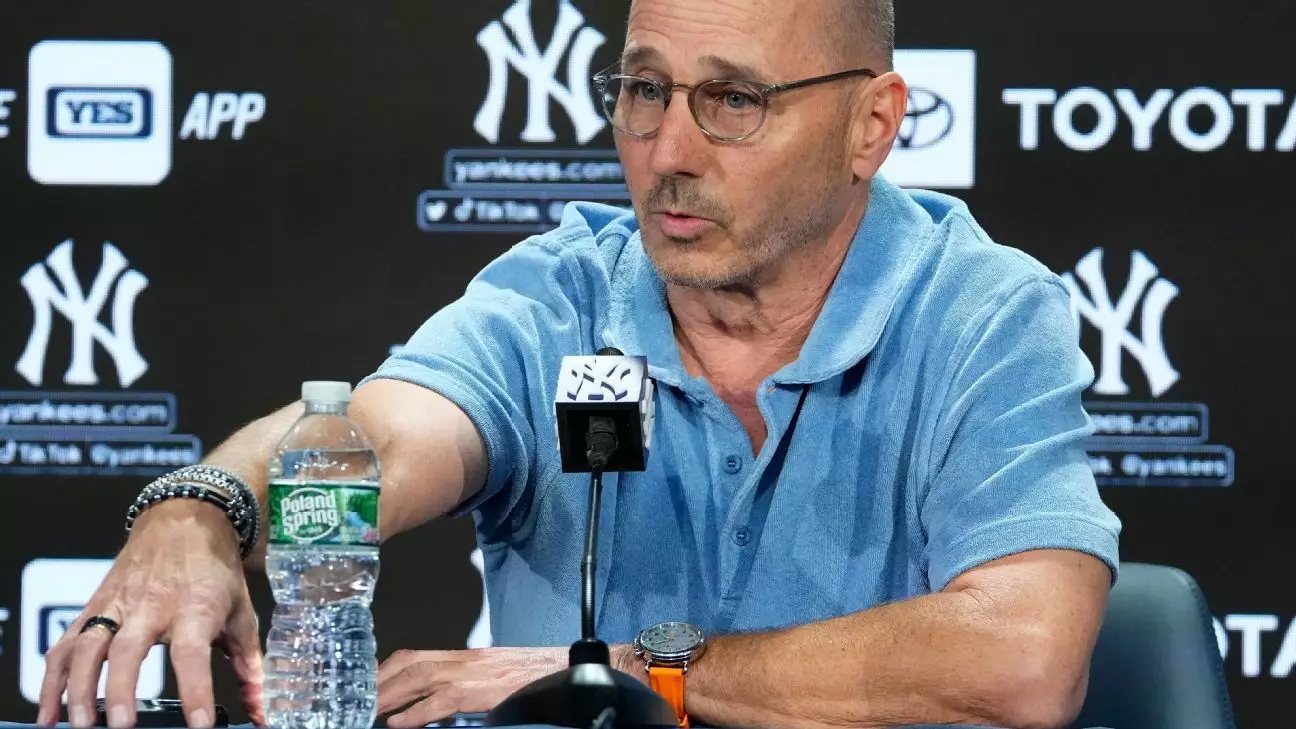As the Major League Baseball offseason approaches, teams are starting to map out their strategies for player acquisitions and retention. For the New York Yankees, the focus has squarely fallen on one of the league’s brightest talents, Juan Soto. General manager Brian Cashman recently opened discussions with agent Scott Boras regarding Soto’s future, while also orbiting around the prospect of acquiring power-hitting first baseman Pete Alonso. These conversations emphasize the Yankees‘ intent to maintain a competitive roster following a disappointing five-game defeat in the World Series against the Los Angeles Dodgers.
The urgency of these discussions cannot be understated. With Soto now a free agent at just 26 years of age, expectations surrounding his contract could soar potentially above $500 million. This staggering figure signals not just Soto’s value but the shifting dynamics of team-building in today’s game.
Soto’s performance for the Yankees has been remarkable since his acquisition from the San Diego Padres in December. His stat line—a .288 batting average, 41 home runs, and 109 RBIs—positions him as a key player within the lineup. His ability to draw walks (129 total) illustrates his discipline and on-base ability, making him invaluable when paired with slugger Aaron Judge in the batting order. Their collaboration established a formidable one-two punch, creating a potent offensive threat that propelled the Yankees to the postseason.
Moreover, Soto’s impact during high-pressure situations has not gone unnoticed; his three-run homer in Game 5 of the American League Championship Series secured the Yankees‘ first pennant in over a decade. However, the aftermath of their World Series exit prompted Soto to express his openness to all 30 teams in the league. This declaration adds an additional layer of complexity for Cashman and the Yankees, as they seek to convince a player of Soto’s caliber to stay.
In light of these developments, Cashman’s candid remarks reflect an understanding of the delicate nature of negotiations in professional sports. By stating that the Yankees are prepared to meet with Soto as frequently as he desires, Cashman signals the team’s commitment to retaining their star. However, he also acknowledged the necessity of adaptability should the negotiations not yield the desired outcome. “If we can’t retain him, there’s a lot of different players in this marketplace that can positively impact this roster in different ways,” he articulated, illustrating a pragmatic approach to roster construction.
The phrase “put our best foot forward” embodies the team’s commitment but also underlines the competitive pressures they face within a crowded marketplace. Indeed, other big-market franchises like the New York Mets and the Los Angeles Dodgers are also poised to make aggressive offers for Soto, especially under the direction of financially robust owners.
The presence of the Mets, particularly their billionaire owner Steve Cohen, adds another layer of intrigue to this equation. Cashman, while hesitant to quantify the Mets‘ rivalry in vying for Soto, acknowledged their ambitions and the larger landscape of competition in Major League Baseball. “They want to win. They’re in a large market with us,“ he noted, linking the Yankees‘ strategic decisions to the market dynamics that drive player salaries and contract negotiations.
The reality is that acquiring elite talent like Soto requires not only financial resources but also a carefully calibrated strategy to outmaneuver rivals who are equally determined to bolster their squads. This competitive environment requires the Yankees to remain agile and proactive lest they lose one of the sport’s brightest stars to a rival team.
As the Yankees navigate this crucial juncture, the discussions surrounding Soto represent not just the push to retain talent but the broader challenges facing teams in a financially driven league. Cashman’s commentary reflects both optimism and realism as they strive to solidify their roster through negotiations that could reshape the future of the franchise. The outcomes of these discussions will echo throughout the league, influencing the strategies of teams across Major League Baseball and ultimately shaping the competitive landscape for years to come.


Napsat komentář